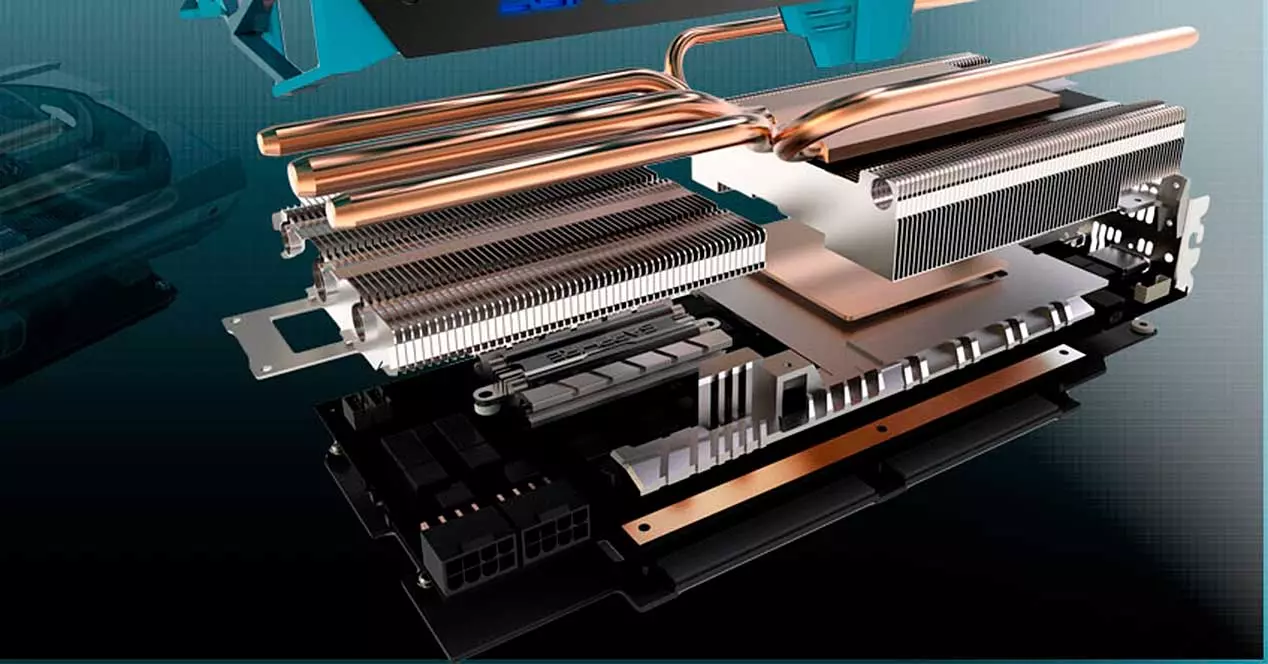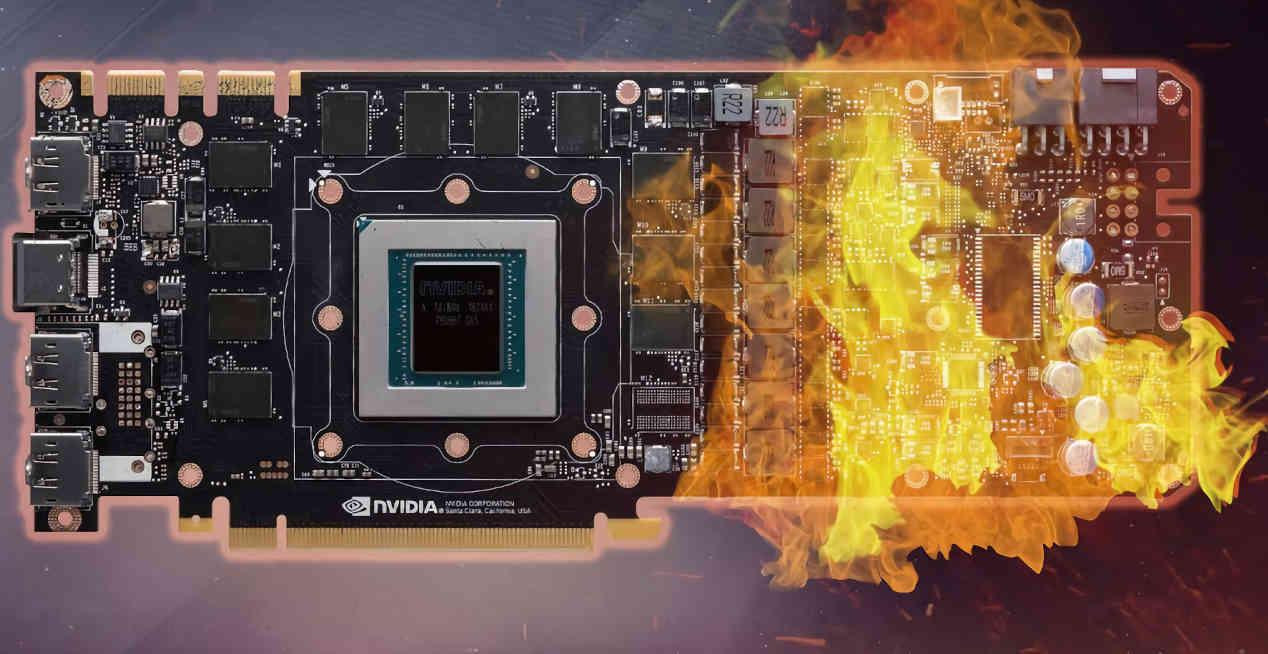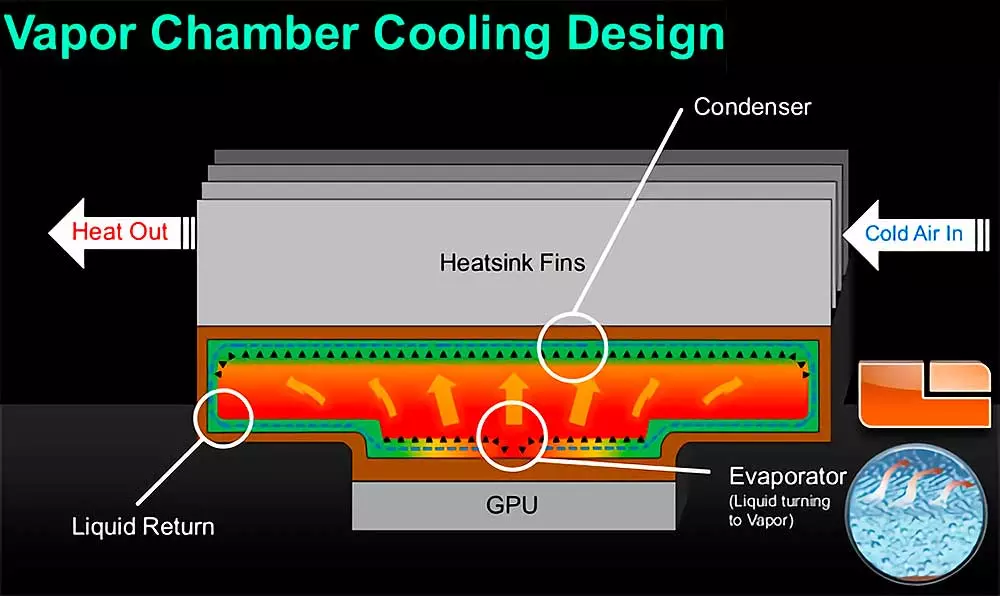
You didn’t have to be very smart to see it coming, at least with minimal knowledge of the sector, but what we will see in just a few months is going to be interesting again, since what AMD, NVIDIA and Intel have to present in the first place is to drag as usual a wave of personalized products that, if nobody fixes it, will be more expensive. Therefore, the component manufacturers warn: more consumption Y heat, elderly price end for refrigeration systems.
Well, it is easy to understand and very long to explain, so we will summarize a lot. The big three are going to take advantage of the best lithographic nodes to push them to the limit and this time (as will happen in future generations to a greater or lesser extent) they need to gain performance over their rival. The problem is that this performance gain triggers consumption and with it better cooling systems are needed, which of course have a cost…
Key component manufacturers, consumption and price
In processors the increase is less notable, although palpable, but the final energy consumption has been increasing for 6 years and all due to the greater number of transistors per mm2 and a lower efficiency in the nodes than the density improvement, together of course with an increase in frequencies.
The problem of any processor in terms of consumption and heat is its ability to transfer heat. The tens are little ones, the IHS is relatively compact and heat transfers are broken at many points by poor contacts. In GPU this does not happen so much, since the dies are large, they go into the air and in direct contact, but… The consumption is three times greater than that of a CPU at most, being in most cases more than double .
How do manufacturers think to refrigerate 250 watts on CPU and 600 watts on GPU? Power is possible, the problem is at what price it is achieved and here the industry comes into play.
Does the use of the vapor chamber return to CPU and GPU?
The refrigeration companies, not so much the assemblers of the final products, have been in over their heads for a couple of years, since the AIBs are asking for refrigeration systems for these consumptions, by air and, above all, affordable in order to have a minimum profit per unit sold.
Refrigeration companies like SunMax they say they are enjoying record revenues, even though they have spent $2 million on ventilator research. Other manufacturers enjoy huge benefits from this type of technology, but they all point in one direction: the need to use a combination of optimized cooling systems to dissipate those consumptions that are yet to come.
It seems that the solution goes through the steam chamber together with radiators with very fine fins and fans optimized in high static pressure flow to overcome the restriction of the passive system. This means that if implemented in all mid-range and mid-high GPU models, for example, they would increase their price by a few tens of dollars at least.
In CPU everything is more complicated, mainly due to the dimensions of the heatsinks and because the vapor chambers for cold plate and heat pipes are complicated to manufacture at small sizes for IHS and therefore are expensive. Therefore, it seems that the sector is going to turn more towards low and mid-range AIO systems before traditional heat sinks, which there will be of course, but the high-end will be relegated to TOP systems if what you are looking for are optimal temperatures.





